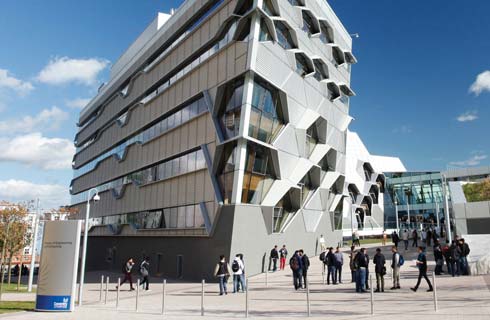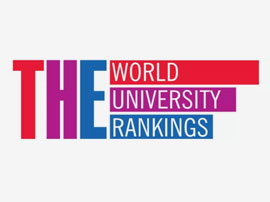创造力和变革领导力研究生证书
Graduate Certificate in Creativity and Change Leadership

学历文凭
Graduate Certificate

专业院系
Center for Studies in Creativity Department

开学时间

课程时长

课程学费

国际学生入学条件
IDP—雅思考试联合主办方

雅思考试总分
- 雅思总分:
- 托福网考总分:
- 托福笔试总分:
- 其他语言考试:
CRICOS代码:
申请截止日期: 请与IDP联系 以获取详细信息。
课程简介
Ongoing development of leadership models during the last century has drawn a close connection between creativity and leadership. At the core of many current leadership models is the concept of change?how to foster and manage it. This concept is clearly reflected in the language used to describe the essence of leadership today. For instance, many leadership theories focus on visionary, transformational, and change leadership. In addition, the view that leadership consists of a set of specific attributes that one has or does not have has shifted to a view that leadership skills can be learned and developed. The ability to think creatively is an essential leadership skill. Often, a leader must act as a catalyst for change and when we engage in creative thinking our goal is to bring about change, i.e., to bring about an idea, solution or concept that helps us to meet an important goal or to address a complex challenge. Thus, it is imperative for leaders to learn how to facilitate their own creative thinking, as well as those they work with, to bring about productive change (i.e., new products, services, resolution to problems, opportunities, etc.).
相关申请
 预科
预科 奖学金
奖学金 实习机会
实习机会 在校学习
在校学习 跨境学习
跨境学习 校园授课-线上开始
校园授课-线上开始 在线/远程学习
在线/远程学习
本校相关课程

技术教育学理学硕士
学历文凭
Masters Degree
开学日期
课程费用总额


双语卓越个人教学研究生证书
学历文凭
Graduate Certificate
开学日期
课程费用总额


语言病理学教育学硕士
学历文凭
Masters Degree
开学日期
课程费用总额


教育科学硕士-残疾学生7-12(通识课程和学科扩展)
学历文凭
Masters Degree
开学日期
课程费用总额


特殊教育教育学硕士-幼儿课程
学历文凭
Masters Degree
开学日期
课程费用总额


特殊教育教育学硕士-童年计划
学历文凭
Masters Degree
开学日期
课程费用总额

其他相关课程

化学理学学士-化学教育
 莱特州立大学
莱特州立大学学历文凭
Bachelor Degree
开学日期
课程费用总额


Doctor of Philosophy in Art Education
 北德克萨斯大学
北德克萨斯大学学历文凭
Ph.D.
开学日期
课程费用总额


Bachelor of Science in Education in Middle Grades Education - Language Arts
 天普大学
天普大学泰晤士高等教育世界大学排名:459
学历文凭
Bachelor Degree
开学日期
课程费用总额


Bachelor of Science in Mathematics - Secondary Education
 圣弗朗西斯大学
圣弗朗西斯大学学历文凭
Bachelor Degree
开学日期
课程费用总额


Master of Arts in Education - Language, Literacy, and Technology
 华盛顿州立大学
华盛顿州立大学泰晤士高等教育世界大学排名:501
学历文凭
Masters Degree
开学日期
课程费用总额


Bachelor of Arts in Art - Teaching
 加州州立大学富尔顿分校
加州州立大学富尔顿分校学历文凭
Bachelor Degree
开学日期
课程费用总额










